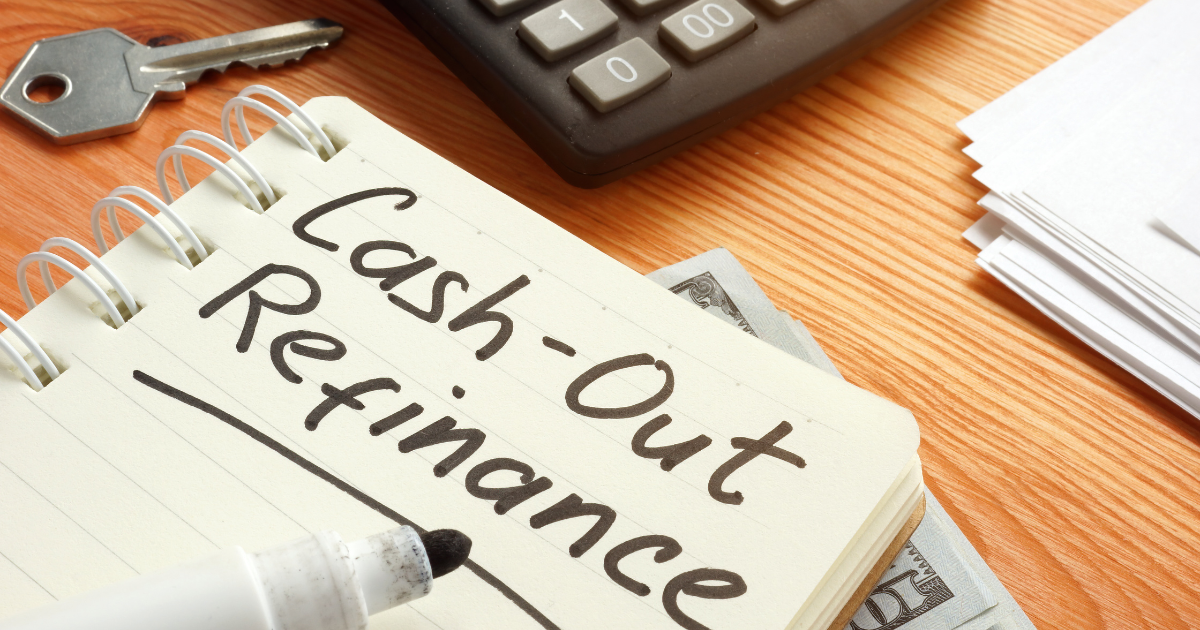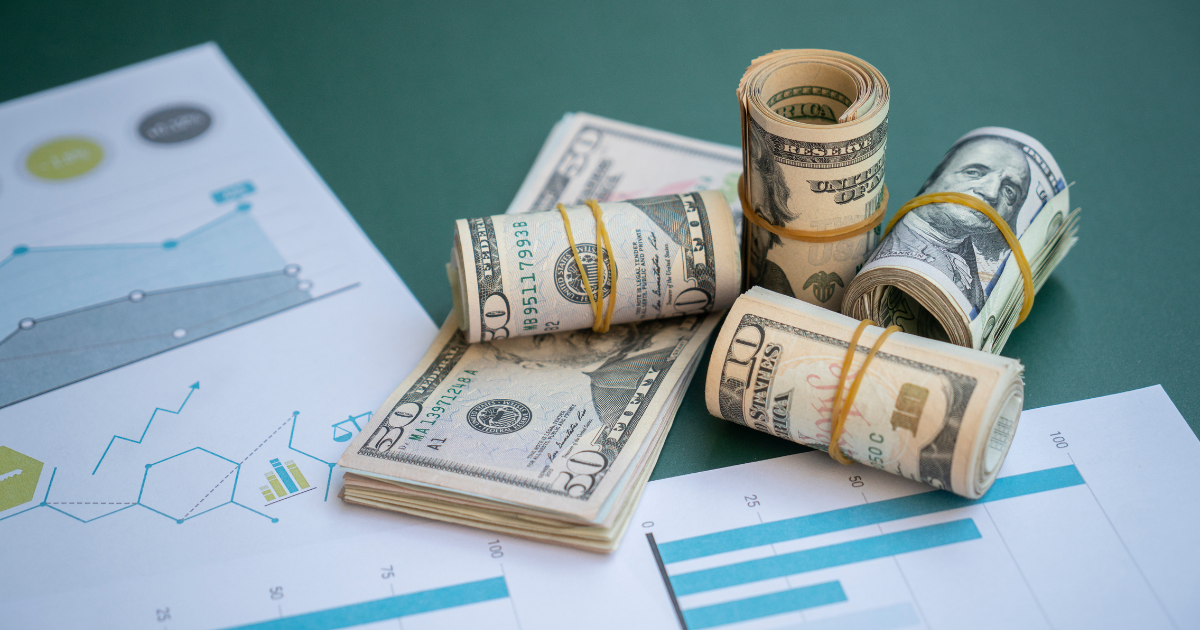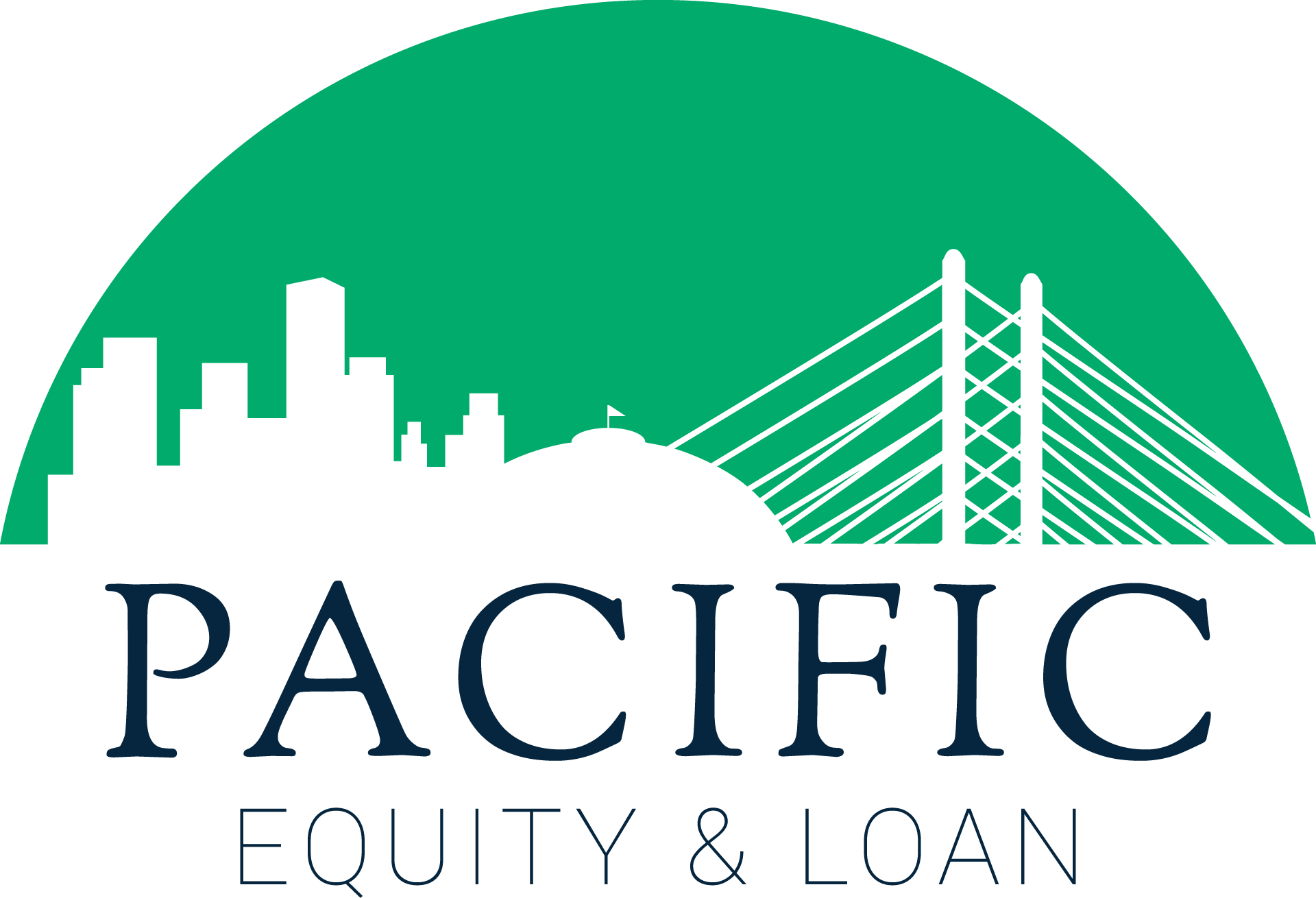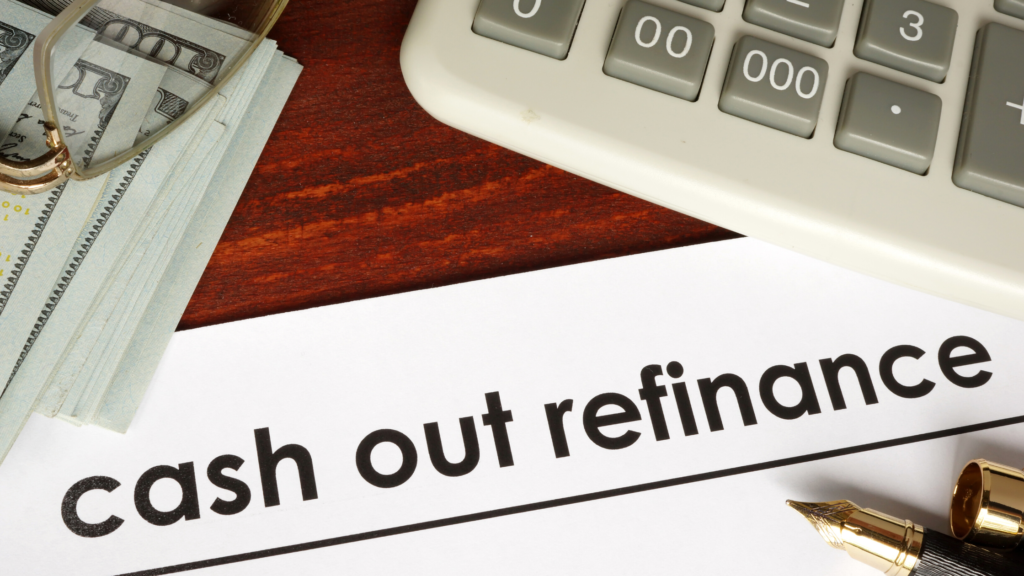Using the equity in your home to obtain quick cash appears to be a good idea on the surface, but you must ensure that it fits into your overall financial strategy. It’s critical that you understand your entire and specific financial objectives and determine whether a cash-out refinance would hamper or assist you in achieving them.
A cash-out refinance is when you receive a new home loan for more money than you owe on your current home. The difference between your new mortgage amount and your previous mortgage balance is paid to you in cash at closing, which you can use for home upgrades, debt consolidation, or other financial needs. However, because you’ll be repaying a larger loan with different conditions, you should assess the benefits and drawbacks before going ahead with a cash-out refi.
This article will walk you through the ins and outs of a cash-out refinance so you can decide whether it’s right for you.

What Is a Cash-Out Refinance?
In the real estate industry, refinancing is a common process for replacing an existing mortgage with a new one that often offers the borrower more advantageous terms.
A cash-out refinance is one method for homeowners to obtain a lump sum of money. The procedure entails taking out a new mortgage that is larger than the previous mortgage. The difference is then paid to the borrower in cash.
A cash-out refi is only viable if the borrower has enough equity in their home. Cash-out refinances are typically limited to 80 percent of the equity a borrower has built in their home. Keep in mind that this may vary based on a lender’s policies.
What Is Cash-Out Refinancing Used For?
The primary motivation for homeowners to pursue cash-out refinancing is to convert some of their built-up equity into cash.
A cash-out refinance can technically be used for almost anything. Property repairs, making a down payment for a second home, or paying off credit card debt or other high-interest debt are all examples of cash-out refinancing usage.
How Does a Cash-Out Refinance Work?
The borrower locates a lender who is willing to partner with them. The previous loan terms, the balance due to pay off the previous loan, and the borrower’s credit rating are all considered by the lender. An underwriting analysis is used by the lender to make an offer. Afterwards, the borrower receives a new loan that pays off the old one and binds them to a new monthly payment schedule in the future.
Cash-Out Refinancing Eligibility
To determine eligibility for a cash-out refinance, lenders look at various factors in addition to home equity. Here are some examples of what a lender could consider:
- Home equity: To qualify for a cash-out refinance, you’ll generally need at least 20% equity in your home. To put it another way, you’ll need to have paid off at least 20% of the house’s current appraised worth.
- Credit score: Borrowers with a higher credit score may be able to get a more competitive interest rate on their cash-out refinance.
- Debt-to-income ratio: The amount of your monthly debts and payments divided by your entire monthly income is your debt-to-income (DTI) ratio.
- Appraisal value: A property valuation, usually a recent appraisal, is required for some refinances. However, some lenders may find an alternative to a comprehensive evaluation, such as a virtual value, so double-check the lender’s requirements.
- Seasoning: Seasoning has to do with how old a mortgage is. Usually, lenders consider a mortgage “seasoned” if it has been in place for at least 12 months. If a mortgage is not considered properly seasoned, a cash-out refi may not be possible.
After you submit an application for a cash-out refinance, your lender will decide whether or not to approve the refinance. To prove your DTI ratio, your lender may request financial documents like bank statements, W-2 or pay stubs. Your lender will then assist you through the next steps toward closing when you receive approval.

Cash Out Refinancing Pros and Cons
On one hand, you have the possibility of lower interest rates. On the other hand, you could be facing foreclosure and the loss of your home.
Let’s look at the advantages and disadvantages of a cash out refinance so you can decide if it’s the best option for you.
Benefits of Cash Out Refinancing
- Potentially lower rates: If you bought your property while rates were higher, you’ll get a lower interest rate. This is not always the case.
- Consolidating debt: A cash out refinance might be used to consolidate debt that has become unmanageable. A cash out refinance might help you get out of a difficult spot, whether it’s a slew of maxed-out credit cards or a high-interest payday loan you took out without thinking.
- Credit score boost: Paying off your credit cards in full with a cash-out refinance can help you improve your credit score by lowering your credit utilization ratio. Lowering your credit utilization ratio is always a plus for credit agencies, and it could lead to even reduced borrowing rates in the future.
- Access to more funds: Cash-out refinances are advantageous for major expenses such as home renovations or college tuition because you may generally borrow far more than you could with a personal loan or by using credit cards.
- Tax Implications: If you use your mortgage for capital home improvements, your interest may be tax deductible. For further information specific to your circumstances, we advise you speak with a tax professional.
Drawbacks of Cash Out Refinancing
- Risk of foreclosure: If you can’t pay your payments because you’re using your house as collateral, you risk losing your home. If the homeowner fails to make payments, the lender may foreclose on the property.
- Length of loan: When you get a new mortgage, the loan terms may change, which could increase the period you’re in debt. If the cash-out refi’s term is longer than the remaining term on the present loan, the overall duration of repayment may be extended, resulting in higher interest over the loan’s life.
- Closing cost: Closing costs will range from 2 to 5% of your new loan amount, depending on the loan size. Appraisal, loan origination, legal, and credit report fees are among these expenditures.
- Time-consuming: You won’t get the cash right away; you’ll have to go through the process of underwriting, appraisal, and approval which can take weeks. If you need funds urgently, refinancing may not be your best option.

Cash Out Refinance Alternatives
If a homeowner needs money, a cash-out refinance isn’t the only choice. Here are a few more to think about:
Home Equity Line of Credit (HELOC)
A Home Equity Line of Loan (HELOC) is a revolving credit line that is secured by the borrower’s home. Borrowers rarely take out a lump-sum HELOC unless they are certain in their ability to repay it. Instead, with a HELOC, the borrower is given a credit limit, which they can use, pay back, and then use again because the credit is revolving. HELOCs often have variable interest rates that might alter over time.
Home Equity Loan
A home equity loan is secured by the borrower’s home as well, but this provides a lump sum payment. Home equity loans typically have a fixed interest rate and are used when a borrower knows how much money they’ll need right away. A home equity loan is separate from a mortgage and usually comes with different terms. It is essentially a second mortgage, while a cash-out refi acts as a brand new mortgage.
Personal Loan
Personal loans are usually unsecured, which means they don’t require any existing assets as collateral such as your home. This usually translates to higher interest rates than loans with collateral. However, because the term lengths are shorter, a personal loan may save you more money than cash-out refinancing.
The Bottomline
Cash-out refinancing allows homeowners to take advantage of their home’s equity. Borrowing a new mortgage where borrowers can use their existing equity to secure a lump-sum payment is the general procedure. The funds can be used for almost any purpose, including debt repayment and renovation financing.
A cash-out refi should, ideally, result in a cheaper interest rate than your current mortgage. Still, you should assess your unique financial circumstances to determine which option is best for you since borrowing a cash-out refinance carries risk, particularly because the borrower is removing equity from their home and using it as collateral.
So it is important to think about your decision from various perspectives. Whatever loan option you choose, you should think about the all-in costs of each possible option.
If you’re ready to get started, explore your refinance options with Pacific Equity & Loan today!
Citations
“What Is a Cash-out Refinance, and How Does It Work?” NerdWallet, https://www.nerdwallet.com/article/mortgages/refinance-cash-out.
SoFi. “Cash-out Refi 101: How Cash-out Refinancing Works.” SoFi, SoFi, 15 Feb. 2022, https://www.sofi.com/learn/content/how-cash-out-refinancing-works/.
Gordon, Stefanie. “How Does a Cash-out Refinance Work? I Credello.” Credello, 21 Jan. 2022, https://www.credello.com/mortgage-refinance/how-does-cash-out-refinance-work/.
“Cash-out Refinance Guide.” Cash-Out Refinance Guide | Rocket Mortgage, https://www.rocketmortgage.com/learn/cash-out-refinance. https://calendly.com/pacificealsales/pacific-equity-loan-interest-call?month=2022-11







